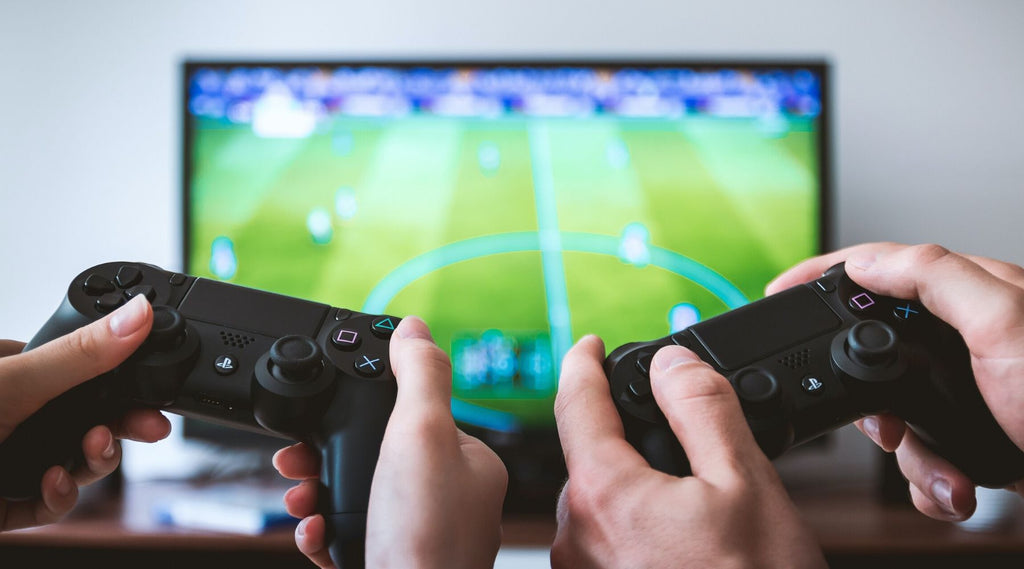Gaming Can Be A Powerful Tool For People With Autism

Over 150 million Americans play video games, according to the Entertainment Software Association. Although the immediate reason is the high entertainment factor, the value of this hobby can extend way beyond its immediate purpose, since games can also be an excellent tool to aid people with ASD. One recent study published by academics at the Universitat Pompeu Fabra, Barcelona found that full-body interaction video games enhanced social skills in children with autism spectrum disorders. Although other studies have shown that video games can sometimes result in problematic use, parents don’t necessarily have to throw out all technologies. Instead, they can find a balance by choosing the most appropriate games and using these tools, not to manage difficult behavior in the home, but rather, to improve specific skills.
Gaming And Social Skills
In the Barcelona study, a group of 14 four-to-six-year-olds with ASD took part in four gaming sessions featuring the game Pico’s Adventure, as well as other types of games. The researchers compared social interaction during gaming and that taking place during free play. The former resulted in more socialization than the latter. The lead researcher stated that video games could be considered a suitable tool to foster social behavior and as a complement to traditional treatments. It is evident that some games are set up to be more sociable than others. Dungeons and Dragons is an example of a multi-player game requiring communication and strategy. It is a phenomenon that has given rise to D&D paraphernalia and toys, as well as a plethora of games, and involves playing together to achieve specific aims. Other games are more individual, but in reality, any game that can be shared online or in person has the potential to boost social interaction.
Tapping As A Type Of Game
Gaming does not have to involve traditional graphics and animations. Other technologies can also serve as a kind of ‘game’, bridging the gap between physical and technological worlds. Tapping devices such as EMDR buzzers or EMDR pulsers, for instance, have a similar ability as games do to engage children and to give them a goal they can enjoy completing. EMDR equipment comprises tappers that children look back and forth at. This movement of their eyes engages their focus and calms them, and can, therefore, be an interesting warm-up activity prior to computer gaming.
Video Games And Balance
Another area in which children with autism can benefit from video gaming is equilibrium. A study undertaken at the University of Wisconsin-Madison found that a video game that rewarding participants with ASD for holding various ninja poses could help them improve their balance. "We think this video game-based training could be a unique way to help individuals with ASD who have challenges with their balance address these issues," said the researchers. They also found that 91% of the participants who took part in the games said they enjoyed them. They added that because there is plenty of variability in ASD profiles, not all children and youths benefit from the same balance-building exercises. Therefore, exploring new avenues (including gaming) can be very useful.
Children with ASD can benefit from playing video games, though it is important to maintain balance so that gaming does not take over a child’s life. Some games that have been found to be useful are those that promote social skill and balance. Because every child is unique, there is no one-size-fits-all approach. However, in some cases, gaming is more than a fun activity: it is also a way to achieve specific goals.
*This blog post was written by Lucy Wyndam.




